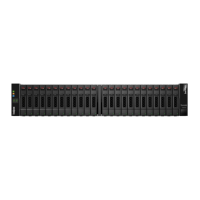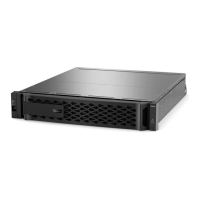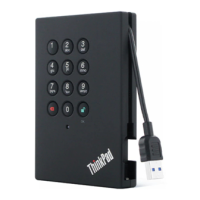If a problem occurs during this procedure, you can use the saved file to restore your
configuration. The system will save the current state of the RAID configuration database, which
includes all data for volume groups and disk pools on the controller.
◦ From System Manager:
a.
Select Support › Support Center › Diagnostics.
b.
Select Collect Configuration Data.
c.
Click Collect.
The file is saved in the Downloads folder for your browser with the name,
configurationData-<arrayName>-<dateTime>.7z.
◦ Alternatively, you can back up the configuration database by using the following CLI
command:
save storageArray dbmDatabase sourceLocation=onboard contentType=all
file="filename";
3.
Collect support data for your storage array using ThinkSystem System Manager.
If a problem occurs during this procedure, you can use the saved file to troubleshoot the issue.
The system will save inventory, status, and performance data about your storage array in a
single file.
a.
Select Support › Support Center › Diagnostics.
b.
Select Collect Support Data.
c.
Click Collect.
The file is saved in the Downloads folder for your browser with the name, support-data.7z.
4.
If the controller is not already offline, take it offline now using ThinkSystem System Manager.
◦ From ThinkSystem System Manager:
a.
Select Hardware.
b.
If the graphic shows the drives, select Show back of shelf to show the controllers.
c.
Select the controller that you want to place offline.
d.
From the context menu, select Place offline, and confirm that you want to perform the
operation.
If you are accessing ThinkSystem System Manager using the
controller you are attempting to take offline, a ThinkSystem System
Manager Unavailable message is displayed. Select Connect to an
alternate network connection to automatically access ThinkSystem
System Manager using the other controller.
115

